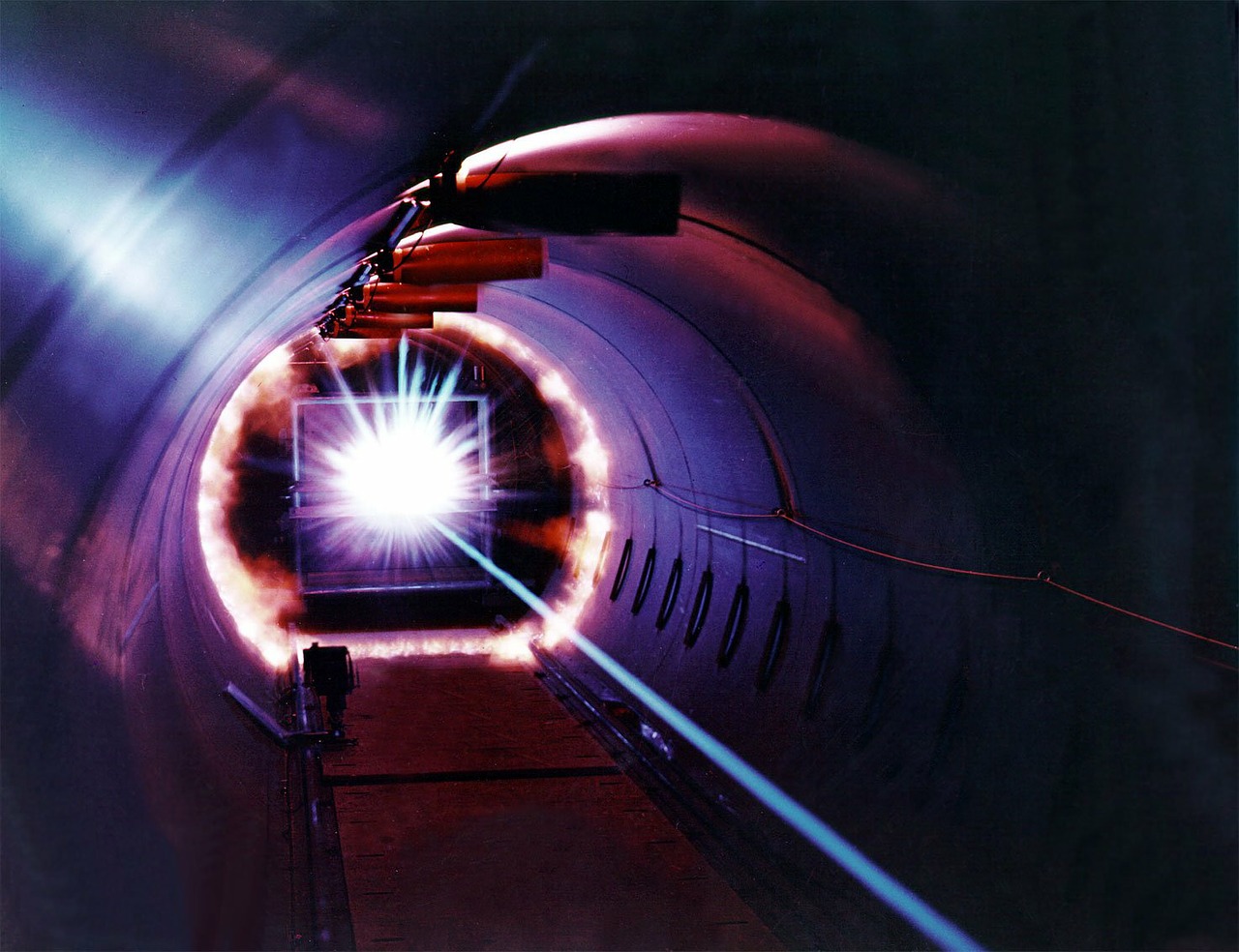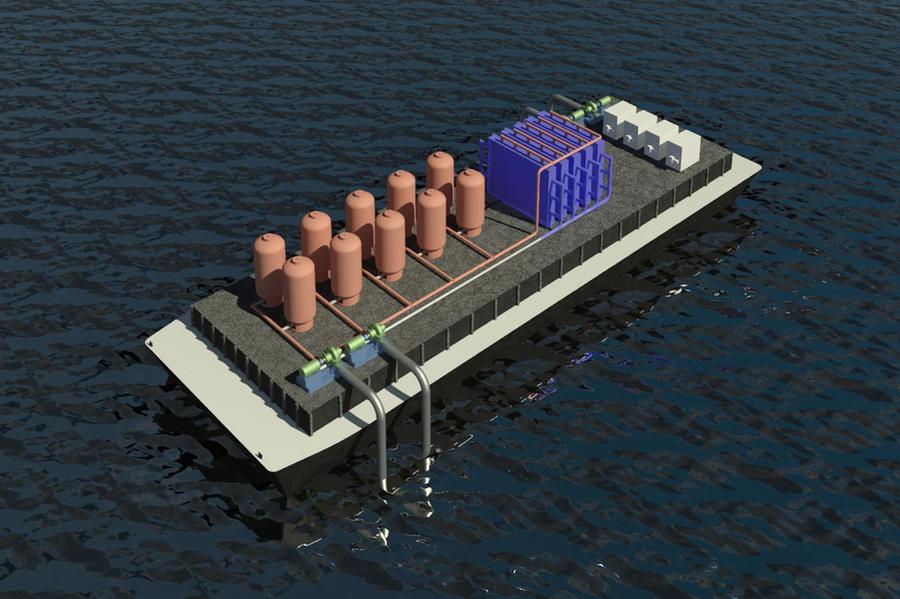The field of clinical research is ever-changing, but in recent years, there has been an explosion of growth. With AI to power trial models, remote consults to free up time, and more emerging technologies like wearable monitors the drug trial landscape is changing exponentially…for the better.
Decentralized Clinical Trials: Breaking Barriers
Traditionally, clinical trials have been undertaken by bigger researchers in purpose-built facilities that participants have to visit multiple times or even stay overnight. Now, it is fast and easy to conduct certain trials in a decentralized way, where participants can be monitored via telehealth systems, mobile devices, or virtual check-ups. Of course, clinic visits will be a necessity for many parts of a drug trial, but other elements, like long-term checks, can more easily be carried out remotely.
Revolutionizing Patient Recruitment and Retention
Drug trials are not possible without the right participants – people who fit the criteria and who will see the trial through to the end. Now, with digital recruitment methods like online advertising that can target specific populations and AI models that can narrow down who is eligible and who is not based on their health information, recruitment is far easier.
To run a good drug trial, you need good people: doctors, nurses, programmers, trial designers, and everyone in between. Now, it is easier to get qualified staff due to the abundance of high-quality degrees, like the online post master’s certificate nurse practitioner programs, that equip nurses with the skills necessary to run and manage complex drug trials.
Harnessing Big Data and AI for Better Insights
It would be impossible to talk about clinical research without AI. The AI revolution has shaped the way trials are conducted across the board, with three key improvements this year:
- Trial Design
The way you design a drug trial determines how many participants you need, whether follow-ups can be remote, how much of the drug you will use, and everything in between. AI tools can compare a broad range of trials that have already been completed with similar requirements to what you want to do. Screening to see under what conditions the trials performed best for comparable drugs has the potential to reduce the large number of trials that do not make it to later stages.
- Participant Recruitment
Knowing who to recruit for what trials based on the people available is always a challenge for people who run clinical trials. Now, researchers from the National Institute of Health have developed an algorithm called TrialGPT that uses patient data to match against the requirements of the trial to find suitable participants. Not only does this save time and manpower, but it also shows how patient data can be used (with consent and ethics) to match patients with treatments based on models of what has worked for broader populations.
- Predictive Modeling
Predictive modeling, powered by AI, is revolutionizing drug trials with faster, more accurate predictions of outcomes. If AI algorithms are given access to participant’s electronic health records, they can access extensive datasets to guide trial design. This information could be anything from genetic profiles to previous trials and real-world evidence to identify potential drug candidates and predict patient responses.
Predictive models identify things like the optimal dosing, anticipate adverse effects, and select the most suitable trial participants to ensure personalized treatments. For example, AI-driven simulations can model disease progression, enabling researchers to test hypotheses virtually before real-world trials–cutting out the time spent on unnecessary trials.
Emerging Technologies: Shaping the Future of Clinical Research
Drug trials are not efficient. At least 90% of them fail for reasons like poor efficacy, unmanageable toxicity, lack of commercial interest, and more. Of course, that number will not go to 100% overnight–nor should it, that’s the whole point of clinical trials. However, AI and its ability to analyze data, predict outcomes based on advanced models, and select participants could make the process far more efficient and save valuable time and effort.
This year has been a big one for AI, but this exponential growth does not look like it will slow down anytime soon. Ever-improving AI tools like TrialGPT and TxGNN are just the beginning. Drug trials are set to get more efficient and deliver medicines for more and more diseases as time goes on. The automation of so many aspects is already dropping the high cost of drug trials, making them more marketable to drug companies. This will make more niche trials easier to run, meaning more solutions for diseases and conditions that were previously too costly to address.







